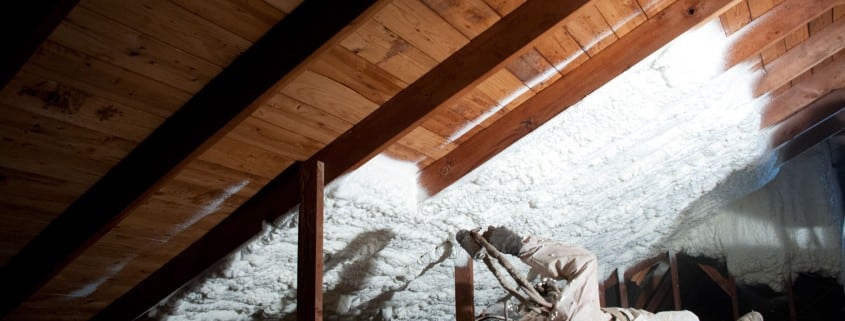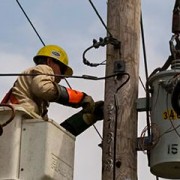Shield your home from energy loss with adequate insulation
By Anne Prince
Walls. Floors. Ceilings. Attic. These are some of the prime areas of a home that need insulation in order for you to maximize energy efficiency. According to the Department of Energy (DOE), adding insulation to your home is a sound investment that is likely to quickly pay for itself in reduced utility bills. In fact, DOE estimates that you can reduce your heating and cooling needs up to 30 percent by properly insulating and weatherizing your home.
If your home is more than 20 years old and was not specifically constructed for energy efficiency, additional insulation can likely reduce your energy bills and increase the comfort level of your home. The actual amount of savings for each home depends upon several factors—the current level of insulation, your climate, efficiency of your heating/cooling system and your utility rates. On average, older homes have less insulation than homes built today, but even adding insulation to a newer home can pay for itself within a few years.
So, where do you start?
You first need to determine how much insulation you already have in your home and where it is located. If you need assistance, many electric cooperatives conduct energy efficiency audits for the home and will check insulation as a routine part of the assessment. For those with the DIY spirit, you can conduct an insulation audit yourself using TVA’s eScore self audit.
Here is what you will should be looking for:
- Where your home is, isn’t, and/or should be insulated
- The type of insulation in your home
- The R-value and the thickness or depth (inches) of the insulation
A prime area that is chronically under-insulated is the attic. Whether you live in a cool or warm climate, attic insulation is essential to help keep warm air inside in the winter and prevent hot attic air from heating your living spaces in the summer. If you have R-19 or less insulation in your attic, consider bringing it up to R-38 in moderate climates and R-49 in cold climates. For flooring in cold climates, if you have R-11 or less insulation, consider bringing it up to R-25.
How does insulation work?
Heat flows naturally from a warmer space to a cooler space. During winter months, this means heat moves directly from heated living spaces to adjacent unheated attics, garages, basements and even outdoors. It can also travel indirectly through interior ceilings, walls and floors—wherever there is a difference in temperature. During summer months, the opposite happens—heat flows from the exterior to the interior of a home. Proper installation of insulation creates resistance to heat flow. Heat flow resistance is measured or rated in terms of its R-value—the higher the R-value, the greater the insulation’s effectiveness. The more heat flow resistance your insulation provides, the lower your heating and cooling costs will be.
Save green by going green
Today, you have choices when it comes to selecting insulation for the home, including an environmentally-friendly option made of recycled materials, such as scrap blue jeans. It looks similar to chopped up blue jeans and is treated for fire safety. With an insulating R-value similar to fiberglass insulation, this blue-jean insulation is a great option.
Get started and get saving
While an older home will never be as efficient as a new home, an insulation upgrade will make a noticeable difference in your energy use and wallet. A well-insulated home is one of the most cost-effective means of saving energy and decreasing heating and cooling bills. For more information, contact your local electric cooperative.
Anne Prince writes on consumer and cooperative affairs for the National Rural Electric Cooperative Association, the Arlington, Va.-based service arm of the nation’s 900-plus consumer-owned, not-for-profit electric cooperatives.











Leave a Reply
Want to join the discussion?Feel free to contribute!